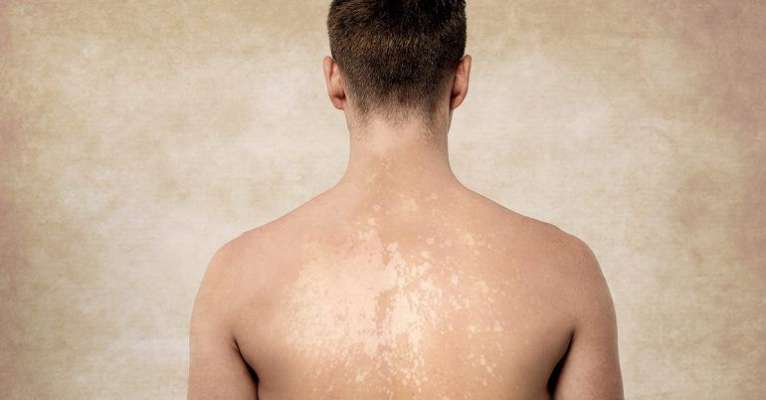Tinea versicolor, commonly known as an-an in Filipino, is a fungal skin condition caused by an overgrowth of yeast. While it is not contagious, it can cause noticeable changes to the skin, leading to cosmetic concerns and mild discomfort. Recognizing the symptoms is important for early diagnosis and treatment.
Common Symptoms of Tinea Versicolor
- Discolored Patches on the Skin. The hallmark symptom is the appearance of patches or spots that differ in color from the surrounding skin. These patches can be:
- White on darker skin tones.
- Pink or reddish on fair skin tones.
- Brown in some cases, blending slightly with the skin tone.
- Scaling or Flaking. The affected areas may develop a fine, scaly texture that can peel slightly when scratched.
- Mild Itching. While not always present, some individuals experience mild itching, especially in humid or sweaty conditions.
- Spread Over Larger Areas. The patches can remain localized or spread to cover larger areas, particularly on the back, chest, neck, or upper arms.
- Non-Uniform Shapes and Sizes. The patches may appear as small spots or coalesce into larger irregular shapes.
Causes and Triggers
The discoloration occurs due to the “acidic bleaching effect” produced by the fungus, which disrupts the normal pigmentation of the skin. Several factors can trigger or exacerbate the condition:
- Warm and Humid Weather. Hot and humid climates encourage the growth of the yeast responsible for tinea versicolor.
- Excessive Sweating. Sweat provides a moist environment that promotes fungal overgrowth.
- Weakened Immune System. Individuals with compromised immunity are more susceptible.
- Oily Skin. Excess oil can create favorable conditions for the fungus to thrive.
When to See a Doctor
It’s essential to consult a dermatologist or skin specialist if:
- Uncertainty About the Diagnosis. If you are unsure whether the discoloration is due to tinea versicolor or another skin condition.
- Ineffective Over-the-Counter Treatments. If antifungal creams or topical treatments do not resolve the patches after a few weeks of use.
- Widespread or Recurring Infections. Severe or persistent cases may require prescription-strength creams or oral antifungal medication.
Treatment Options
- Topical Treatments. Antifungal creams, lotions, or shampoos containing selenium sulfide, ketoconazole, or clotrimazole are often effective.
- Oral Antifungal Medication. For widespread or stubborn cases, a dermatologist may prescribe antifungal tablets.
- Lifestyle Modifications. To prevent recurrence, it is essential to keep the skin clean and dry, especially in humid conditions.
Prevention Tips
To minimize the risk of recurrence:
- Maintain Good Hygiene. Wash and dry the skin thoroughly, especially after sweating.
- Use Antifungal Products as a Preventive Measure. Medicated shampoos can be used periodically on affected areas.
- Wear Breathable Clothing. Choose loose-fitting and moisture-wicking fabrics to reduce sweating.
- Limit Exposure to Heat and Humidity. When possible, stay in cool environments to prevent excessive sweating.
Tinea versicolor is a common fungal skin condition that, while not harmful, can cause visible discoloration and mild discomfort. Early diagnosis and treatment with topical or oral antifungal medications can resolve the symptoms effectively. If over-the-counter treatments are unsuccessful or if the condition recurs frequently, consult a dermatologist for specialized care and long-term prevention strategies.


